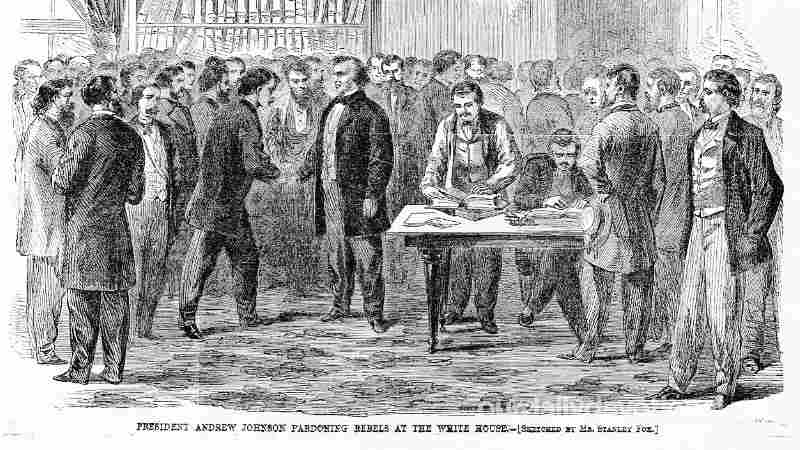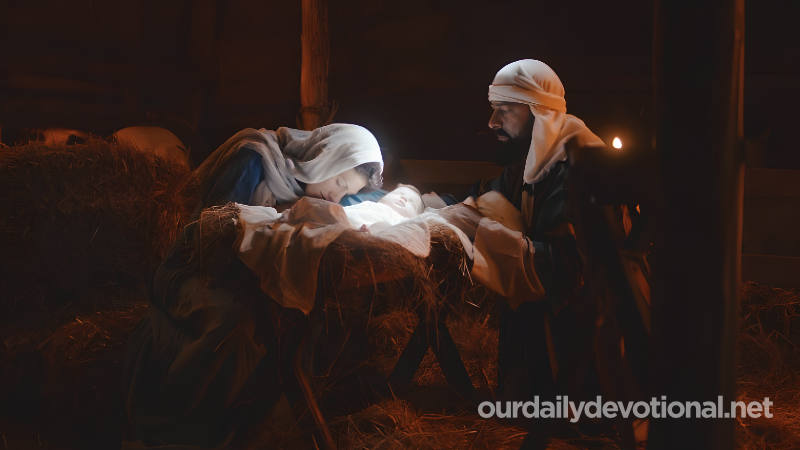(a) The descendants of Moab son of Lot. They were very closely related to the Ammonites (Gen. 19:37, 38).
Already very numerous by the time of the Israelites' crossing of the Red Sea (Ex. 15:15), the Moabites occupied the region that extended from the plain of Heshbon to the wadi Seil el-Kerãhi, at the southern end of the Dead Sea, which separated Moab from Edom.
Associated with the Ammonites, they absorbed and destroyed the survivors of the strong race that had occupied the country east of the Jordan before them (Deut. 2:10, 11, 19-21; cf. Gen. 14:5).
Shortly before the arrival of the Israelites, Sihon, king of the Amorites, took from Moab the pasture lands north of the Arnon, which continued to be called "fields of Moab", although the Moabites were limited for a time south of the Arnon. (Num. 21:13-15, 26-30).
The latter wanted to trade with the Israelites (Deut. 2:28, 29), but they refused them the right of passage through their land (Judg. 11:17; cf. Deut. 23:4). Under orders from Jehovah, Moses forbade the Israelites from attacking Moab, undoubtedly because of his degree of kinship (Deut. 2:9; cf. V. 19).
Uneasy at the sight of the Israelite camps, the king of Moab asked Balaam to curse the newcomers (Num. 22-24; Josh. 24:9).
Jehovah commanded Israel to exclude the Moabites and the Ammonites from their assembly to the tenth generation; God's people were not to associate with them (Deut. 23:3-6; Neh. 13:1). The last camp before crossing the Jordan was established at Shittim, on the plains that had belonged to Moab (Num. 22:1; Josh. 3:1).
There Ammonite and Moabite women seduced the Israelites into impurity and idolatry (Num. 25; Hos. 9:10). At the beginning of the time of the Judges, Eglon, king of Moab, invaded Canaan, making Jericho his capital and oppressing the Israelites on the neighboring plateau for 18 years, later being killed by Ehud (Judges 3:12-30) .
Elimelech emigrated to the country of Moab; Orpah and Ruth, his daughters-in-law, were Moabites. Ruth married Boaz and thus became the great-grandmother of King David (Rt. 1:22; 4:3, 5, 10, 13-17; Mt. 1:516). Saul fought against the Moabites (1 Sam. 14:47).
David, outlawed, placed his father and mother under the protection of the king of Moab (1 Sam. 22:3, 4). After his accession to the throne, David defeated the Moabites, subdued them under tribute, and put to death a large number of them (2 Sam. 8:2, 12; 1 Chron. 18:2, 11).
Subjected to Omri and his son, the Moabites revolted after Ahab's death. Neither Ahaziah, ill due to an accidental fall, nor Joram could defeat the Moabites (2 Kings 1:1; 3:4-27; cf. article MESA [Stele]).
Jehoshaphat was then king of Judah. The Moabites allied themselves with the Ammonites, Edomites and other peoples, in order to invade the territory of Judah; However, the allies killed each other, and Judah was freed from the danger that loomed over it (2 Chron. 20:1-30; cf. Ps. 60:8; 83:7; 108:10).
In the year of Elisha's death, hordes of Moabites invaded the kingdom of Israel (2 Kings 13:20); tributaries of Tiglath-pileser and Sennacherib, kings of Assyria, entered Judah under the reign of Jehoiakim (2 Kings 24:2).
Then numerous towns north of Arnon fell into the power of Moab (cf. Is. 15). The prophets frequently and harshly denounced Moab, a type of the enemies of the kingdom of God (Is. 15; 16; 25:10; Jer. 9:26; 25:21; 27:3; 48; Ez. 25:8 -11; Am. 2:1, 2; Zeph. 2:8-11).
Some Jews abandoned Jerusalem when Nebuchadnezzar approached, taking refuge in the fields of Moab, but returned to Judah when Gedaliah was appointed governor (Jer. 40:11ff.).
Nebuchadnezzar subdued the Moabites (Ant. 10:9, 7). They ceased to play an important role as a nation, but their race did not become extinct (Est. 9:1; Neh. 13:1, 23; Ant. 1:11, 5).
Alexander Jannaeus subjected them to tribute (Ant. 13:13, 5) (b) The country occupied by the Moabites. The borders of Moab were the Dead Sea to the west. The Seil of Kerãhi was their southern limit, separating them from the territory of Edom. In its upper part this wadi is called el-Hesã.
The correctness of these borders is confirmed by the mention of the Moabite cities. To the east was the
no man's land of the desert (Num. 21:11) and the Amorites and Israelites recognized the Arnon as the northern border of Moab (Num. 21:13; Deut. 2:36; 3:12; Josh. 12:1; Jud. 11:18).
But the Moabites had previously occupied a vast territory north of Arnon (Num. 21:26) which they frequently occupied and always claimed as their own (Is. 15; cf. also MESA [Stele of], lines 8-30). Most of Moab is made up of a rugged plateau at about 975 m. above the level of the Mediterranean; pasture land.
The western edge plummets towards the Dead Sea. Deep valleys cut this cliff. The fortress of Machaerus, where, according to Josephus, John the Baptist was imprisoned and beheaded (see however MACHAERON), was located in Moab, east of the Dead Sea and north of Arnon.
Numerous sources give a relative fertility to this coastal part of the Dead Sea. The expression “fields of Moab” means “territory of Moab” (Gen. 36:35; Num. 21:20).
In front of the Jordan were plains that had also belonged to Moab (Num. 22:1; 33:48, 49). These plains extended east of the river, opposite Jericho, and along the eastern bank of the Dead Sea.
Meaning of MOABITES
(a) The descendants of Moab son of Lot. They were very closely related to the Ammonites (Gen. 19:37, 38).







